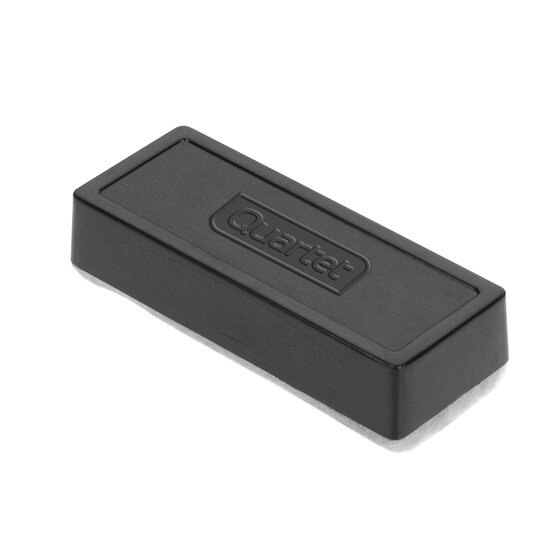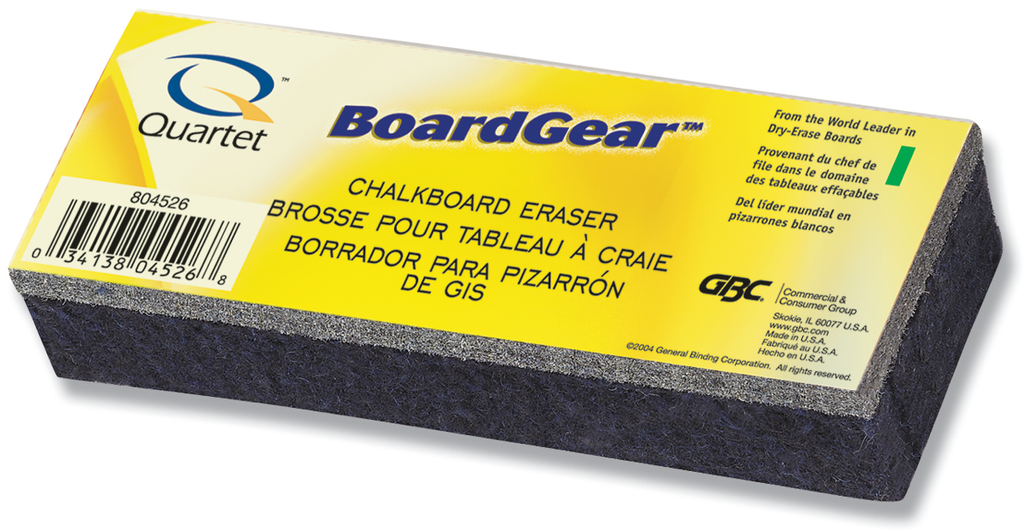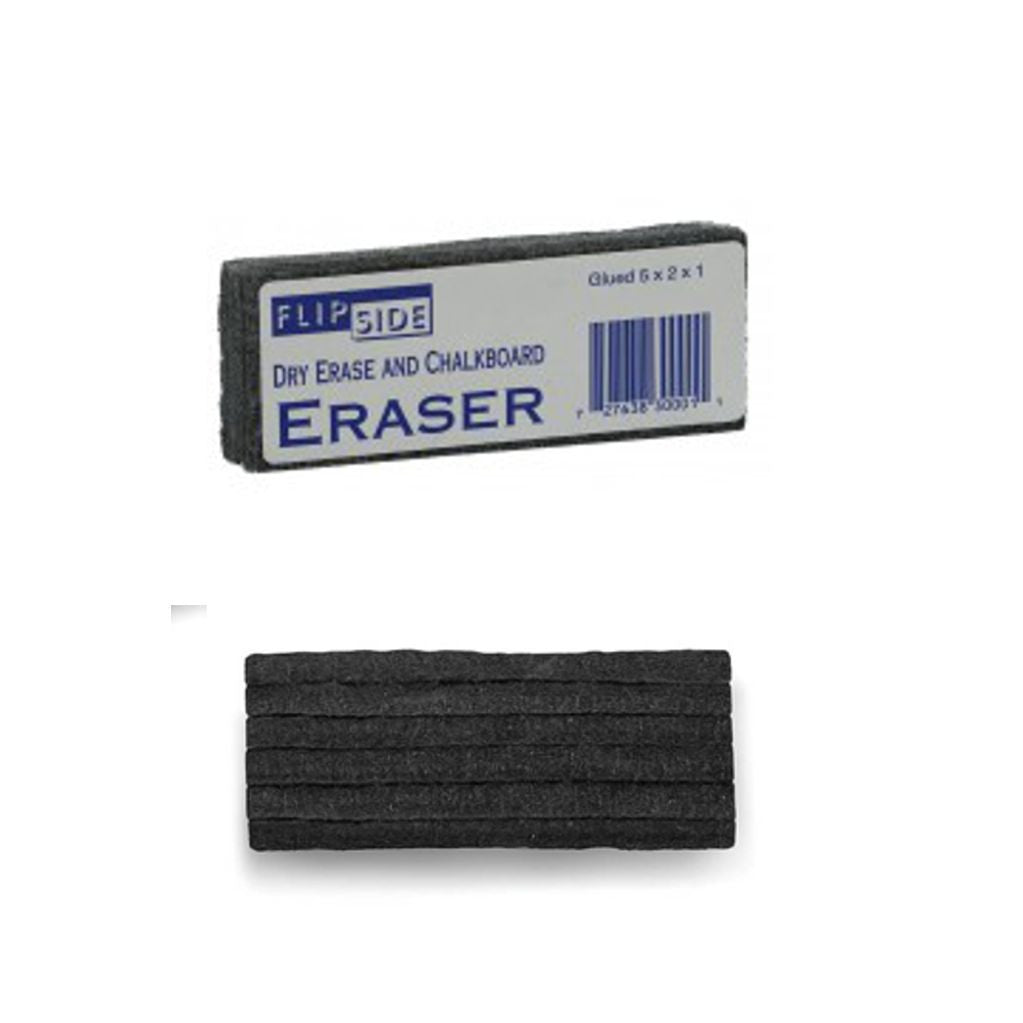Throughout the history of education, the chalkboard has stood as an iconic symbol of learning, communication, and visual representation. As an integral component of classrooms and educational settings, the chalkboard has been a canvas for imparting knowledge, sharing ideas, and fostering interactive learning experiences. At the heart of the maintenance and upkeep of chalkboards lies the essential tool known as the chalkboard eraser—a simple yet indispensable instrument designed to clear the slate and prepare the board for new lessons and illustrations. This comprehensive exploration will delve into the origins, evolution, science, and significance of chalkboard erasers, shedding light on their enduring legacy and ongoing role in facilitating clarity and communication in educational environments and beyond.
The Birth of a Classroom Essential:
Understanding the Origin and Purpose of Chalkboard Erasers
The introduction of chalkboard erasers can be traced back to the fundamental need for maintaining and preserving the integrity of chalkboards in educational settings. As teachers and educators sought to convey information and engage students through visual aids and written content, the need to erase and refresh the chalkboard surface became increasingly apparent. The concept of a chalkboard eraser—a tool specifically designed to remove chalk dust and residue from the board—emerged as an essential complement to the act of writing and drawing on the chalkboard. By providing a means to effectively cleanse the chalkboard surface, chalkboard erasers enabled educators to present information clearly and ensure a conducive environment for interactive learning and visual communication.
Innovative Design and Functionality of Chalkboard Erasers
Over time, chalkboard erasers have undergone significant advancements in design and functionality, evolving from rudimentary manual cleaning methods to purpose-built erasing instruments tailored to the unique properties of chalk dust and chalkboard surfaces. Traditional chalkboard erasers were often constructed using felt or fabric materials, which effectively trapped and removed chalk dust through friction and absorption. In contrast, modern chalkboard erasers feature ergonomic designs, specialized cleaning compounds, and anti-dust technologies that minimize airborne chalk particles and ensure thorough removal of chalk residue without leaving streaks or smudges on the board surface. The innovative design and functionality of chalkboard erasers reflect a commitment to efficacy, convenience, and user-friendly operation in educational and professional contexts.
From Antiquity to Modernity: The Evolution of Chalkboard Erasers
The evolution of chalkboard erasers represents a transition from manual cleaning techniques, such as wiping and brushing, to the development of purpose-built erasing solutions equipped with advanced cleaning properties and ergonomic features. Early chalkboard erasers relied on basic principles of friction and absorption to lift and trap chalk dust from the board surface, requiring repetitive motions and manual effort to achieve satisfactory results. However, as technological advancements and material innovations expanded the possibilities for cleaning solutions, chalkboard erasers evolved to encompass a wide range of products, including magnetic erasers, foam erasers, and microfiber erasers, each offering unique advantages in terms of precision, convenience, and durability. The evolution of chalkboard erasers reflects a commitment to continuous improvement and adaptation to the changing needs and expectations of educators, students, and professionals utilizing chalkboards in various capacities.
The Science Behind Chalkboard Erasers: How Do They Work?
At the core of chalkboard erasers lies a delicate interplay of mechanical and chemical processes that enable the effective removal of chalk dust from the board surface. Modern chalkboard erasers leverage specialized cleaning compounds and materials that possess electrostatic properties, attracting and capturing chalk particles to prevent dispersal and re-deposition. Additionally, the mechanical action of the eraser, whether through gentle wiping or controlled application, aids in dislodging and lifting chalk dust from the board, ensuring a clean and refreshed surface for new content and illustrations. Understanding the science behind chalkboard erasers illuminates the precision and efficacy of their operation, highlighting the careful balance between cleaning performance and preservation of the chalkboard surface.
The Versatile Applications of Chalkboard Erasers in Education and Beyond
Chalkboard erasers serve as indispensable tools across a diverse spectrum of applications, playing pivotal roles in educational settings, offices, artistic studios, and recreational environments. In classrooms and lecture halls, chalkboard erasers facilitate the continuous flow of lessons and presentations, enabling educators to refresh the board surface and convey information with clarity and legibility. In office spaces, collaborative work environments, and meeting rooms, chalkboard erasers support visual communication, brainstorming sessions, and idea generation, providing a means to maintain clean and organized board surfaces for enhanced productivity and engagement. Furthermore, in artistic contexts and recreational facilities, chalkboard erasers enable individuals to create, express, and interact with visual content, fostering an environment of creativity, exploration, and visual storytelling. The versatile applications of chalkboard erasers underscore their universal relevance and impact in diverse educational, professional, and creative endeavors.
The Art of Proper Usage: Techniques for Effective Chalkboard Erasing
Achieving clean and clear chalkboard surfaces requires the mastery of techniques and best practices tailored to the specific characteristics of the eraser, chalkboard, and environmental conditions. Proper usage of chalkboard erasers involves employing smooth, controlled motions to gently sweep across the board surface, effectively lifting and trapping chalk dust without leaving residues or streaks. Additionally, selecting the appropriate eraser type and size for the specific dimensions and texture of the chalkboard contributes to optimal cleaning results, ensuring a pristine surface ready for new content and illustrations. By mastering the art of proper usage, educators, students, and professionals can maintain an environment conducive to learning, collaboration, and expressive visual communication, enhancing the impact and effectiveness of the chalkboard as a medium for conveying ideas and information.
Environmental Impact and Sustainability Considerations in Chalkboard Eraser Manufacturing
In recent years, the environmental impact and sustainability of chalkboard erasers have become focal points in the manufacturing and usage of these essential tools. As awareness of ecological conservation and responsible consumption grows, manufacturers have sought to develop erasers using eco-friendly materials and production processes, minimizing the environmental footprint of chalkboard eraser manufacturing. Furthermore, advancements in eraser composition and formulation have led to the creation of environmentally conscious erasers that exhibit reduced levels of waste and pollution, aligning with the global movement towards sustainable and recyclable products. By prioritizing eco-friendly practices and materials, the chalkboard eraser industry is contributing to a more sustainable and harmonious relationship between innovation and environmental stewardship.
Chalkboard Erasers:
An Enduring Symbol of Education and Communication
The role of erasers extends beyond mere cleaning and maintenance, serving as enduring symbols of education, communication, and visual representation. In educational settings, erasers embody the spirit of learning, discovery, and shared knowledge, standing as essential companions to educators and students in their pursuit of intellectual growth and engagement. Moreover, the tactile nature of using erasers fosters a sense of physical interaction and connection with the learning environment, enhancing the immersive and participatory aspects of visual communication and classroom instruction. Furthermore, the ubiquity of erasers in various professional, artistic, and recreational contexts underscores their enduring influence as facilitators of visual expression, ideation, and collaborative engagement. Embracing the enduring legacy of erasers, we celebrate their role as catalysts for learning, creativity, and effective visual communication in the noble pursuit of knowledge and expression.
Challenges and Innovations in Chalkboard Eraser Technology
Despite the remarkable advancements in chalkboard eraser technology, challenges and opportunities for improvement continue to shape the landscape of erasing solutions. One such challenge lies in the development of erasers capable of effectively removing chalk dust from a broad spectrum of chalkboard surfaces, including traditional slate chalkboards, porcelain-coated steel boards, and modern writable surfaces. Addressing this challenge necessitates the ongoing exploration of innovative erasing compounds and materials that can safely and efficiently interact with diverse chalkboard substrates, ensuring consistent cleaning performance and longevity of the board surface. Additionally, advancements in precision erasing tools, such as magnetic erasers and microfiber erasers, present opportunities for further refinement and specialization, catering to the nuanced requirements of educators, artists, and professionals seeking unparalleled control and efficacy in their visual communication and presentation.
Conclusion:
The Timeless Significance of Chalkboard Erasers
In conclusion, the timeless significance of chalkboard erasers stands as a testament to the enduring legacy of visual communication, education, and collaborative engagement. From their inception to the modern era, erasers have continuously evolved, adapting to the changing needs and aspirations of individuals seeking to convey ideas, share knowledge, and express themselves visually. As erasers continue to shape the landscape of education, communication, and visual representation, their legacy endures as a symbol of resilience, adaptability, and innovation—a timeless companion to those who seek to inspire, educate, and connect through the expressive medium of visual storytelling and ideation. Embracing the enduring significance of erasers, we honor their role as guardians of knowledge, facilitators of communication, and enablers of creativity in the timeless pursuit of learning and visual expression.





